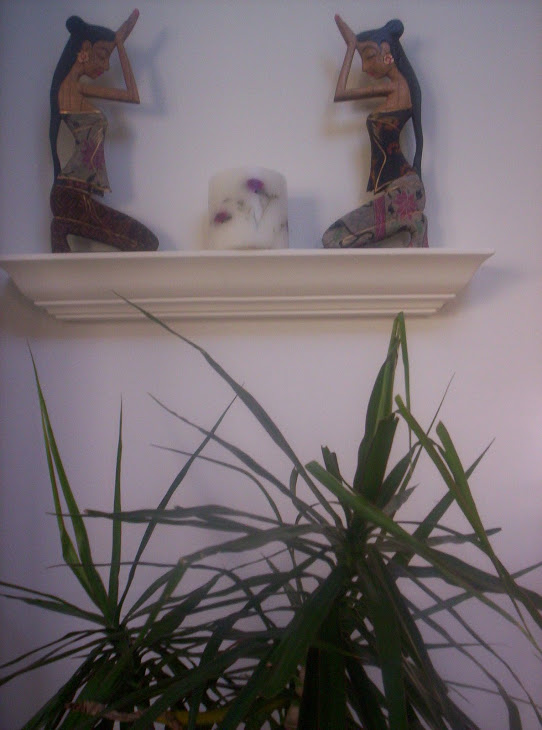The report below is an excerpt taken from the edited version of the original report entitled, Women and Gender: The Evolution of Women Specific Institutions and Gender Integration at the United Nations, edited by Thomas G. Weiss and Sam DAws, London: 2007. The excerpt addresses the evolution of the United Nations gender equity efforts and specifically how the intersect with peace and security issues.
Blessed Be! Rev. Dr. Qiyamah A. Rahman
Peace and Security – One of the first issues that women’s NGOs addressed in the early days of the UN was peace; it was a prominent theme in the UN Decade for Women, and in 1974, the GA adopted a Declaration on the Protection of Women and Children in Emergency and Armed Conflict.(37)Nevertheless, not until the 1990s did real changes come in international law in this area and efforts to
alter the traditional approach to peace-keeping and security as male terrain begin to get a hearing in the UN. By the early 1990s, women’s groups around the world had brought VAW in many forms out of the closet. The recognition of rape as a systematic tool of war was spurred on by the rapes in Bosnia and by the Korean former “comfort women” who broke the silence about their subjugation to military sexual slavery by the Japanese in World War II. Both of these situations were highlighted in women’s
organizing at Vienna in 1993, and helped gain global attention to VAW in armed conflict there as well as in Beijing. Soon after, the International Tribunal for the Former Yugoslavia began to prosecute rape andsexual violence as war crimes, and the Tribunal for Rwanda prosecuted rape as genocide. When negotiations for the Rome Statute to create an International Criminal Court got underway, women organized the Women’s Caucus for Gender Justice to ensure that sexual and gender crimes were included. As a founder of the Caucus explains: “The Rome Statute names a broad range of sexual and reproductive violence crimes – rape, sexual slavery including trafficking, forced pregnancy, enforced prostitution, enforced sterilization…as among the gravest crimes of war….and [as] crimes against humanity….[It] also encompasses groundbreaking structures and processes to ensure that crimes will be
prosecuted in a nondiscriminatory, respectful manner that minimizes the potential for retraumatization and overcomes women’s reluctance to participate.”(38)
Another major gender integration advance was the unanimous passage of Security Council Resolution 1325 on 31 October 2000. This is the first resolution by the Security Council that specifically addresses the impact of war on women and recognizes women's contributions to conflict resolution and sustainable peace. It adds to the growing attention to VAW in war, and also calls for involving greater
9 numbers of women in both peace-making and peace-building activities. In 2002, the Secretary General made a special report on women, peace, and security and work to implement this resolution is a focus of OSAGI and UNIFEM, as well as of many NGOs.(39) Gender awareness has also grown in humanitarian assistance. For example, UNHCR began to recognize
refugee women as a particular group and issued guidelines on the protection of refugee women in 1992and for preventing and responding to sexual violence against refugees in 1995. Implementation of such guidelines on the ground amongst both UN and NGO humanitarian workers continues to be thechallenge. This challenge was made more explicit as the issue of sexual exploitation and abuse by both UN peacekeepers and NGO personnel was exposed recently. In response, the Secretary General of the
UN commissioned a report on strategies to eliminate abuses in UN peacekeeping, which has resulted in the establishment of specialized units addressing personnel conduct issues in UN missions and the strengthening of mechanisms for investigation and sanction of such abuse.(40) Thus the UN is seeking to address issues of women, peace and security both internally and as the body the world hopes will help to prevent such human rights abuse.

No comments:
Post a Comment